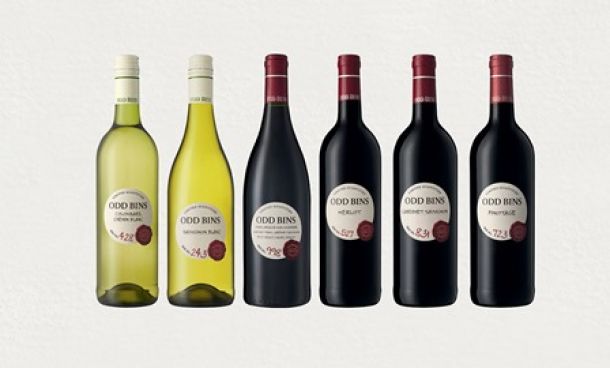Sherry makes comeback as tipple of choice
Sherry, once the go-to aperitif for the English tea-drinking classes, has been making a comeback, against the odds, and with such dramatic force that the power of its appeal needs understanding and interpretation.
Its decline was fairly recent — primarily in the past two decades of the 20th century — and it came off so splendid a bull run that for a time the pundits said it was simply "a market correction".
But the truth was different: a generation of consumers was dying out, and its descendants were discovering wine at the expense of fortified wine. It was a trend we experienced in SA, where "ports", "sherries" and muscadels saw their market share fall from about 25% of the total wine market in 1970 to less than 10% in 2014.
When economic forces combine with fashion, the effect can be exponential: in 1980 Spain exported 1,600,000 hectolitres of sherry annually — even without monopoly use of the appellation outside its domestic market. Ten years later this had dropped to 200,000 hectolitres. Adspend in its largest export market, the UK, dropped dramatically and price cutting replaced brand building as the primary strategy of all the major players. To complicate things further, a process of consolidation had begun among the Spanish firms. This in turn led to the creation of a listed holding company just in time for the financial crash of 1974-75, followed by the decline of the export market in the next decade.
Sherry — seen as "middle-class, middle-aged" — was usurped by vermouth in the fortified wine sector and by Australia’s "sunshine in a bottle" as the next generation found other beverages into which to sink its newfound Thatcherite wealth.
All this coincided with a major change in taste, one that had been coming for some time as modern wine-making technology — particularly in the realm of white wines — wrought its own effect. Cold fermentation and stainless steel wine tanks were not all that new, but by the time the sherry market stepped onto the slippery slope, their role in determining wine styles gave oxidised fortified wine a shove over the precipice.
Suddenly white wine drinkers could indulge in beverages that were fragrant and fruity (Blue Nun’s boom years coincide with the headlong plummet of sherry sales). This trend continued into the 1990s, spawning the ABC (Anything But Chardonnay) fashion, where suddenly over-oaked New World chardonnays were excoriated for being clumsy, flat and overtly sweet.
Nothing could be more inimical to the perfumed, fruit-driven white wines that were taking over the volume segment of the market than the oxidised, slightly acetic dry sherries or the rich, viscous "cream" wines which had dominated the trade a few decades before.
Still, as Shakespeare observed, "there is a tide in the affairs of men" and in the case of sherry, two forces have conspired to breath life back into the moribund market. The first is the rise of sauvignon blanc, a variety which is best expressed as a zesty, crisp, savoury and food friendly aperitif-style beverage. There is not a lot of difference in the flavour profile of fino sherry and that of cool-climate sauvignon blanc. The second trend — becoming increasingly relevant, especially in SA — is the swing away from superclean, anerobically handled, fruity white wines. Any number of the country’s rockstar wine makers have been experimenting with what are now being called "orange wines" (because of the prolonged skin-contact fermentation and extended barrel maturation strategies that are the defining feature of these more rustically styled whites).
Suddenly the oxidised notes of fino sherries are not so old-fashioned. 96 Winery Road Restaurant in Stellenbosch has created an extraordinary sherry list with some fabulous aged stocks, while Douglas Green Bellingham has dusted down a long mothballed brand, revamped the packaging, and arranged with a leading Spanish producer to bottle and ship genuine sherry to SA under the DG label.
News Category
- International retailers
- On the move
- Awards and achievements
- Legislation
- Wine and liquor
- Africa
- Going green
- Supplier news
- Research tools
- Retailer trading results
- Supply chain
- Innovation and technology
- Economic factors
- Crime and security
- Store Openings
- Marketing and Promotions
- Social Responsibility
- Brand Press Office
Related Articles

Makro secures exclusive rights to SA’s most sou...

Checkers adds 41 new wines to Odd Bins range

With petrol at almost R20 a litre, food prices ...

Petrol price shocker for South Africa


